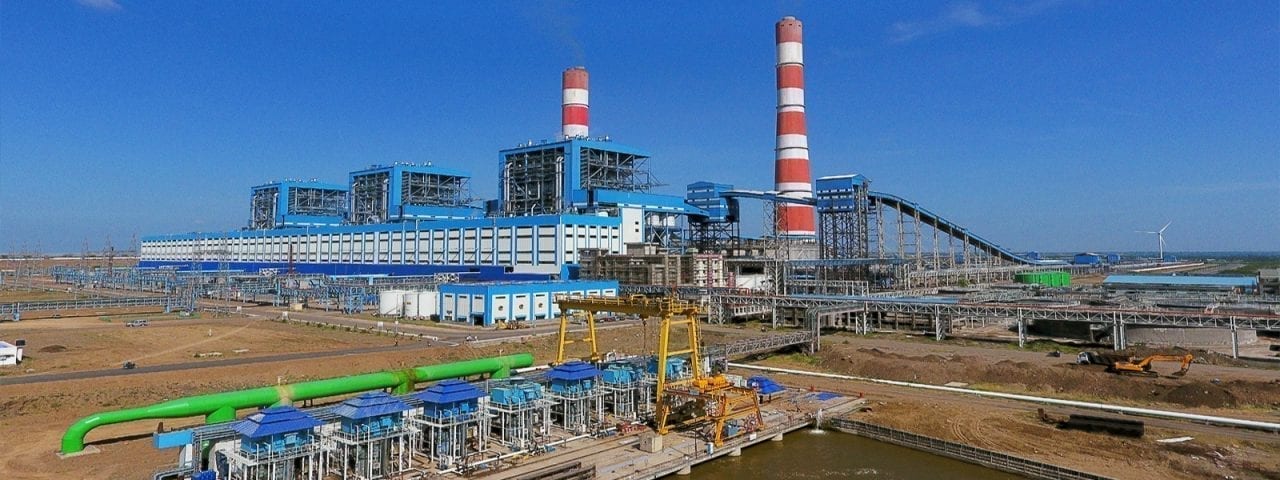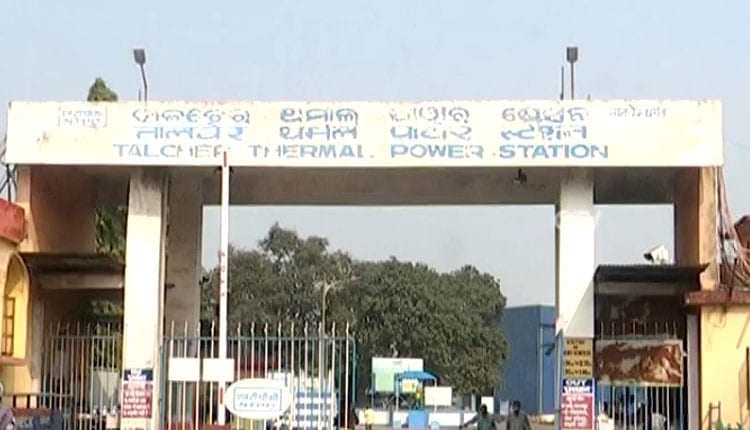India Cites ‘Cheaper’ Coal in Planning New Units
The post India Cites Cheaper' Coal in Planning New Units appeared first on POWER Magazine.

A draft copy of a document outlining India's latest National Electricity Policy (NEP) reportedly shows the country is considering building new coal-fired generation capacity, even as it sets new carbon reduction targets. The document also said government officials would push for better technology to help reduce emissions from those plants.
Reuters on April 19 reported it had seen a copy of the 2021 NEP, a 28-page draft that was apparently written in February and is the first update to energy policies enacted in 2005, long before the current push for renewable energy. The news comes just days after John Kerry, the U.S. Special Presidential Envoy for Climate, visited India and met with Indian Prime Minister Narendra Modi. The two discussed cooperation between the U.S. and India on addressing climate change, ahead of President Biden's Leaders Summit on Climate April 22-23. Biden has invited 40 world leaders, including Modi, to the virtual meeting that will be live streamed for public viewing.
Kerry after meeting with Modi said India was getting the job done on climate, pushing the curve," with environmental groups noting India is among only a few countries on track to meet its Paris agreement climate targets. Modi also has set a goal of installing 450 GW of renewable power generation across his country this decade, although coal is likely to remain India's main source of power. Though coal's share of power generation in India has fallen each of the past two years, it still accounts for some 70% of the country's annual electricity output.
Coal-Based Generation Required'Reuters reported that the NEP draft said, While India is committed to add more capacity through non-fossil sources of generation, coal-based generation capacity may still be required to be added in the country as it continues to be the cheapest source of generation." The draft said that new coal-fired plants should only deploy ultrasupercritical technologies, which lessen pollution, or other more efficient technology."
India's top power company, state-run NTPC, in September of last year said it would no longer acquire land for new coal-fired power plants. Investors, as they have in many countries, have pulled back from investing in new coal projects in India. NTPC recently closed its 460-MW Talcher Thermal Power Station in Odisha (Figure 1); the plant came online in 1967 and had been cited by local officials for failing to adhere to emissions standards.
 1. NTPC closed the 460-MW coal-fired Talcher Thermal Power Station in India on March 31, 2021. The state-run power generation company has said it will replace the plant with a modern, 1,320-MW thermal station. Courtesy: NTPC
1. NTPC closed the 460-MW coal-fired Talcher Thermal Power Station in India on March 31, 2021. The state-run power generation company has said it will replace the plant with a modern, 1,320-MW thermal station. Courtesy: NTPCNTPC, though, in announcing the plant's March 31 closure, said Talcher would be replaced with a more modern, 1,320-MW thermal plant.
NEP Could ChangeReuters reported that a source with direct knowledge of the new energy policy said a government panel, comprised of power sector insiders and officials, would discuss the draft NEP, and changes could be made before final approval. Government officials have not publicly commented on the proposal.
India's environment ministry, though, recently announced it would delay the compliance deadline for anti-pollution measures for coal-fired power plants, pushing it back at least another two years. The standards were originally introduced by the environment ministry in 2015, with implementation planned over the following two years, but the deadline has been repeatedly extended.
The government in a March 31 notification said that plants near population centers, including the capital New Delhi, would now have to cap emissions of particulate matter, sulfur dioxide, and oxides of nitrogen by December 2022. The government also said that coal-fired units in proximity to areas that are considered critically polluted" have until year-end 2023 to comply. Power plants located in or near smaller towns can delay implementation of pollution-control measures until year-end 2024.
India's coal-fired power generators have pushed the government to delay enforcing new pollution standards, citing the economic impact of installing advanced emissions reduction equipment and retrofitting existing plants. They have said those added costs would make their units less competitive with renewable energy.
Experts familiar with India's power grid have said the country must move carefully in phasing out thermal power generation and increasing the use of renewables, pointing to the increased risk of grid instability and blackouts. Reuters said the draft proposal calls for using coal- and natural gas-fired generation to maintain grid stability, while it lists increasing the use of cleaner energy sources as a primary objective.
The document also calls for expediting adoption of pumped hydro storage. The draft said just 4.8 GW of a potential 96.5 GW of pumped hydro storage capacity has been developed to date across the country.
-Darrell Proctor is associate editor for POWER (@POWERmagazine).
The post India Cites Cheaper' Coal in Planning New Units appeared first on POWER Magazine.